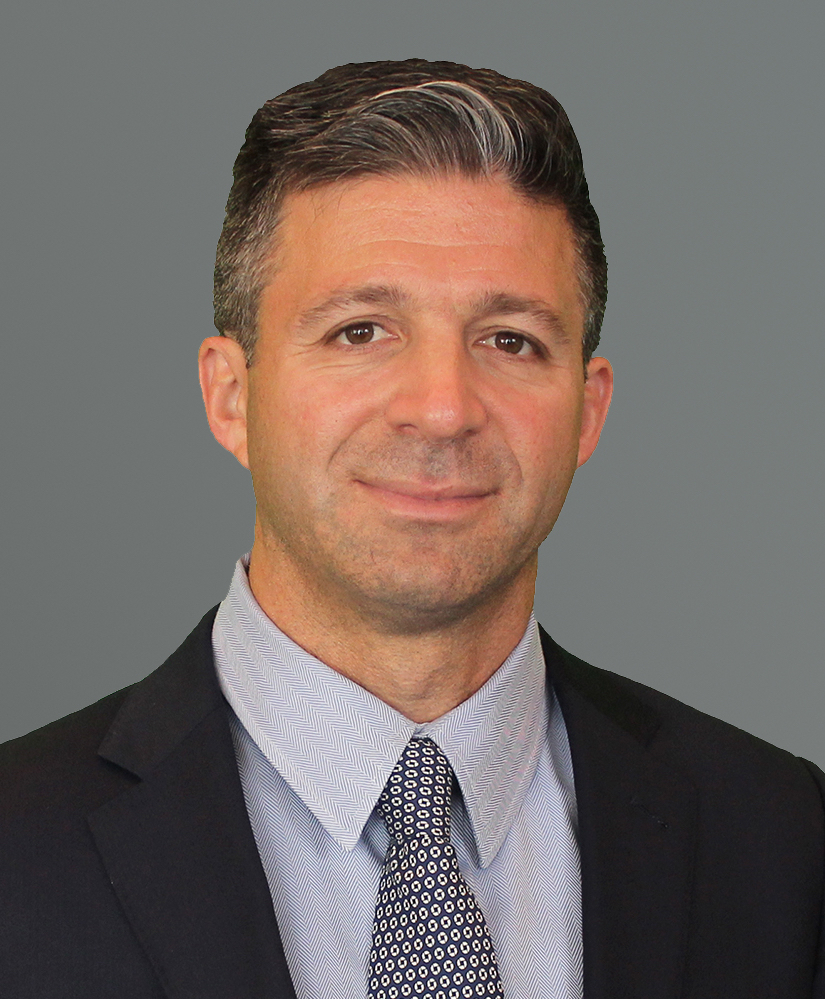When Chase Home Lending CEO Mike Weinbach stepped down earlier this month, the scuttlebutt was that he was leaving for an unnamed “external opportunity.”
Weinbach’s next move is no longer a mystery, as Wells Fargo announced Tuesday that Weinbach will be joining the megabank to lead its consumer lending operations.
According to Wells Fargo, Weinbach will join the bank in early May and will report directly to CEO Charlie Scharf.
The move comes as part of a corporate restructuring that Wells Fargo is undertaking.
The bank also announced Tuesday that it will now have five business line CEOs, each tasked with leading their respective verticals and all reporting directly to Scharf.
The bank stated the changes will create a “flatter line of business organizational structure and provide leaders with clear authority, accountability, and responsibility.”
Weinbach will become CEO of consumer lending, which includes mortgage lending, auto, credit cards, and personal loans.
Until Weinbach joins the company, Wells Fargo’s consumer lending operations will be led by Mary Mack, who most recently led the bank’s consumer banking operations.
With these changes, Mack becomes CEO of consumer and small business banking, where she will be responsible for branch banking and small business, including the company’s 5,400 branches.
Weinbach leaves Chase after spending nearly 20 years with the bank. Prior to leading the company’s mortgage business, Weinbach was head of mortgage servicing, a role he held for more than two years.

During his time leading Chase’s mortgage business, Weinbach was recognized as an HW Vanguard, an award reserved for the top leaders in the housing business.
“I’m delighted that we’ve been able to attract someone with Mike’s experience, skills and knowledge to Wells Fargo,” Scharf said. “He has a broad range of experiences in the consumer space and will be a great addition to our management team. We are one of the largest providers of consumer credit in the country and want to continue serving that important role for our customers and the U.S. economy.”
Reporting to Weinbach in this role will be Michael DeVito, the head of Wells Fargo’s mortgage business; Laura Schupbach, head of Wells Fargo auto; Ray Fischer, head of Credit cards and merchant services; and John Rasmussen, head of personal loans.
“I am excited to join Wells Fargo and appreciate the opportunity to work with this remarkable franchise that serves over 70 million customers,” Weinbach said. “I am passionate about providing outstanding customer experiences and helping customers live better lives. I am eager to work with the Wells Fargo team to do just that.”
Beyond the changes for Mack and the addition of Weinbach, Wells Fargo is also making the following changes:
- Perry Pelos, who most recently led Wholesale Banking, transitions to a new role as CEO of commercial banking, with both relationship and product responsibilities in serving businesses with annual sales generally in excess of $5 million. In this new role, Pelos is responsible for commercial capital, treasury management, business banking, middle-market banking, and government and institutional banking.
- Jon Weiss, who most recently led wealth and investment management, transitions to a new role as CEO of corporate & investment banking (CIB), which previously was part of wholesale banking. The creation of a separate business line for CIB, which focuses on supporting the capital markets, banking, and investment needs of Wells Fargo’s corporate, government, and institutional clients, recognizes the successful franchise the company has today and opportunities to serve the needs of clients more broadly. Commercial real estate will become a part of CIB. Weiss also oversees Wells Fargo’s international client businesses and their operations.
The company will now launch a search for a CEO of wealth and investment management.
“The Wells Fargo franchise has extraordinary opportunity and power, and these organizational changes enable us to more effectively pursue our goals and take advantage of the opportunities in front of us,” Scharf said.
“These changes create the right structure to build our businesses over the long term and increase our ability to successfully execute on our top priority, which is the risk, regulatory, and control work,” Scharf continued. “I am confident that this organizational model and our strengthened risk and control foundation will bring greater focus and accountability to the company.”





